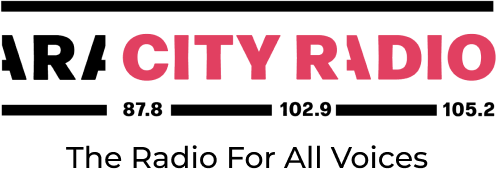Local Matters goes South-east this week to discover the European capital of culture 2022 in Serbia. Just as Esch-sur-Alzette and Kaunas in Lithuania, the Serbian city Novi Sad has the title this year. Novi Sad is the second largest city in Serbia, with about 350.000 inhabitants. Most of them are Serbs, but the city is known for its variety of cultures living together; Hungarian Catholics, and orthodox Serbs, a large group of protestants, jews and Roma.
When the wars in the beginning the 90s tore Yugoslavia apart, many people from all parts fled to Serbia, and especially to Novi Sad. Some were already there such as Danijela Korać-Mandić. Danijela is program-coordinator and founder of the Novi Sad humanitarian centre (NSHC), an NGO that helps vulnerable people in the region. When Danijela left her hometown in Bosnia in 1992, where she was studying medicine, she felt like taking a trip to another city in her country, Yugoslavia. When she was in Novi Sad, everything changed, Serbia and Bosnia became two independent countries, in Bosnia, the war went on for three years. And from one day to another, she became a refugee. “Experiencing refugeehood, and not being able to go home, for another 3,5 years, that made me rethink my future. I had the idea to do something for my fellow refugees.” More and more refugees from Bosnia and other parts of Yugoslavia arrived in Novi Sad. Long queues of people awaited help at the points of the Red Cross. For Danijela, this way of handling refugees, was not acceptable. “Everything could be done differently. What I didn’t like is that the only aid that was provided to me and the others, was humanitarian aid, but the needs were not only humanitarian needs, there was a general lack of different forms of assistance.” The NSHC has provided socio-psychological help for refugees.
Now, thirty years and a few crises later, their focus has adapted to the current needs, but NSHC continues to work in Novi Sad as one of a few NGOs, helping those who are the most vulnerable.
